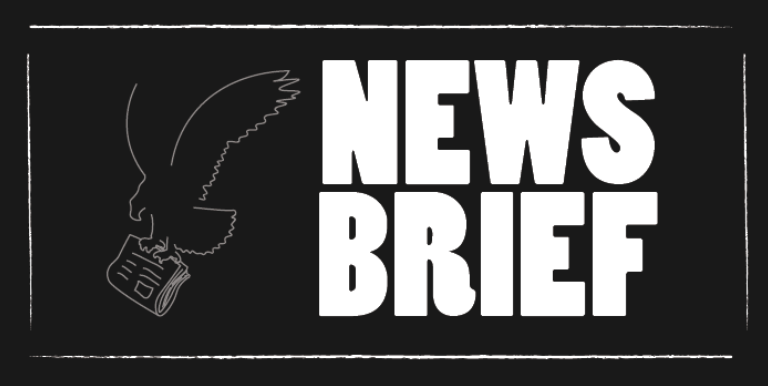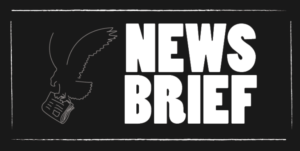International
Australian scientists discovered a new native bee species with horns on its head this week, naming it after the Netflix show “Lucifer.”
Megachilie Lucifer’s most prominent feature is the “highly distinctive horns” found on the heads of female bees.
Researchers speculate several possible uses for the horns, saying they could be a defense mechanism, used in gathering pollen, or for collecting resin to build nests.
A research team discovered the species while observing a rare wildflower only native to the Bremer Ranges in Western Australia’s Goldfields region.
The lead scientist said she named it Lucifer because she has been watching the show recently.
“The female had these incredible little horns on her face,” Lead Scientist Kit Pendergast from Curtin University told NBC. “When writing up the new species description I was watching the Netflix show Lucifer, and the name just fit perfectly. I am also a huge fan of the Netflix character Lucifer so it was a no-brainer.”
The impromptu discovery of this new species shines a light on the need for better conservation measures according to Pendergast.
“Because the new species was found in the same small area as the endangered wildflower, both could be at risk from habitat disturbance and other threatening processes like climate change,” Pendergast said. “Without knowing which native bees exist and what plants they depend on, we risk losing both before we even realise they’re there.”
The discovery of Megachilie Lucifer marks the discovery of the first new species of its kind in 20 years.
National
Since the U.S. Treasury Department minted the last penny in Philadelphia last week, stores are already running out of change, with many losing revenue by rounding in their customers’ favor.
In February, President Trump ordered the Treasury to stop production of pennies, calling it a “wasteful” practice since they cost approximately four cents each to produce.
Though the Treasury estimates 300 billion pennies remain in circulation, those pennies tend to remain in jars and piggy banks rather than be carried to stores and spent. Government penny reserves are fading, leaving retailers without a way to replenish their supply.
“We’ve heard from our retail members that they have stores in multiple locations in multiple markets and regions that are currently out of pennies as of today,” Dylan Jeon, senior director of government relations for the National Retail Federation told U.S. News. “Others are worried that their inventory will be out in the very near future. So it’s definitely something that’s impacting any cash-accepting business.”
Many stores are responding to the penny shortage by rounding purchases down to the nearest nickel, a move to keep customers happy that may cost businesses millions in the long-run.
Local
The OKC Utilities Department unveiled its new What Goes Where recycling initiative on Nov. 13 as part of their observation for America Recycles Day.
According to Utilities, only 70 percent of items in Oklahoma City recycling bins are processed and transported to manufacturers for recycling. The remaining 30 percent is made up of non-recyclable items workers must filter out.
Oklahoma City’s recycling contamination rates are 10 percent higher than the national average.
“Contamination costs all of us since non-recyclable items have to be pulled out from among the many good materials in the recycling stream, a process which costs time and money,” Utilities Director Chris Browning told Free Press OKC. “We want to reduce that number so those who participate in recycling can have confidence their efforts aren’t going to waste.”
What Goes Where is an online tool where residents can find instructions to dispose of more than 500 different common household items.
The system informs users whether something belongs in a trash cart, recycling cart, is bulky waste, or should go to the city’s Household Hazardous Waste Collection Center.
Oklahoma City residents can access What Goes Where at recycleokc.com.













Be First to Comment